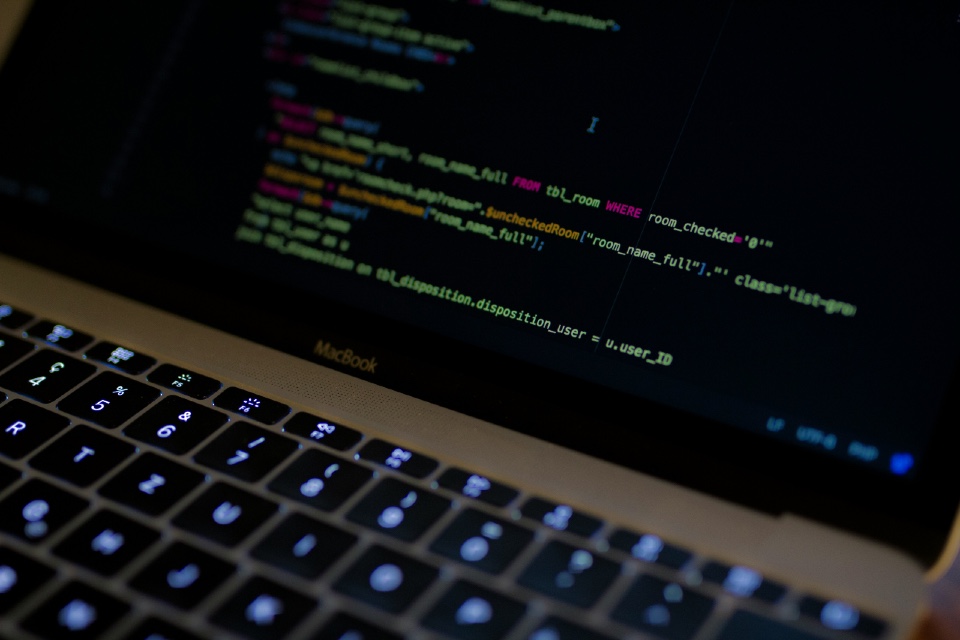With the rise of zero-trust security models, anti-virus strategies must evolve to provide multi-layered protection, real-time adaptability, and integration into broader security architectures. Here’s how senior cybersecurity professionals attending the Cyber Secure Forum are preparing for the next generation of threats…
1. Adopt a Multi-Layered Defence Approach
A zero-trust framework assumes that no user or device can be trusted by default, and anti-virus strategies should align with this principle. Instead of relying solely on signature-based detection, organisations must deploy a combination of technologies, such as:
- Behavioural analysis to identify unusual activity.
- Heuristic scanning to detect variants of known threats.
- Sandboxing to isolate and analyse suspicious files in a controlled environment.
This layered approach reduces the risk of threats slipping through traditional defences.
2. Leverage Real-Time Updates and Threat Intelligence
Modern cyber threats evolve rapidly, and static anti-virus definitions are no longer sufficient. Anti-virus solutions must leverage real-time threat intelligence to stay ahead of emerging malware and attack vectors.
Cloud-based anti-virus systems are particularly effective, as they provide continuous updates and access to global threat databases, ensuring endpoints are protected against the latest threats without delays.
3. Focus on Endpoint-to-Cloud Security
As organisations adopt hybrid work models, endpoints often connect to cloud-based resources, creating new attack surfaces. Anti-virus strategies must extend protection to these environments by integrating with endpoint protection platforms (EPP) and cloud access security brokers (CASBs).
This holistic approach ensures that threats are detected and mitigated across both local devices and cloud applications, aligning with zero-trust principles.
4. Educate Users as Part of the Strategy
Even the most advanced anti-virus solutions cannot compensate for human error. Employee education plays a vital role in preventing cyber incidents. Regular training on recognising phishing attempts, safe browsing practices, and the importance of software updates reinforces organisational security.
5. Embrace Automation and AI
Automation and AI are essential in a zero-trust world. AI-driven anti-virus solutions can analyse vast amounts of data to detect patterns indicative of an attack, enabling proactive threat prevention. Automation ensures rapid response, reducing the time it takes to isolate and remediate threats.
Conclusion
In 2025, preparing for the next generation of cyber threats requires a shift from reactive to proactive strategies. By aligning anti-virus solutions with zero-trust principles, leveraging real-time intelligence, and integrating automation, senior cybersecurity professionals can fortify their organisations against the complexities of modern cyber threats. The future of anti-virus is dynamic, intelligent, and integral to a comprehensive cybersecurity strategy.
Are you searching for Anti-Virus solutions for your organisation? The Cyber Secure Forum can help!





